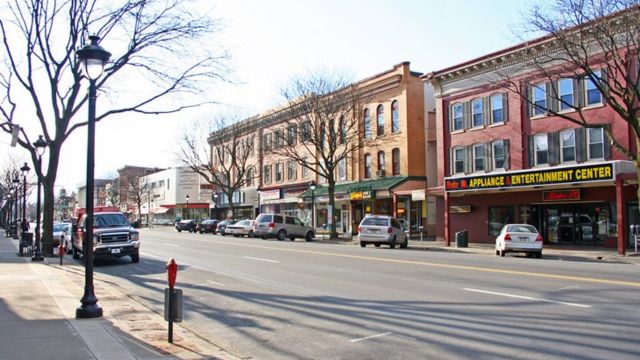The History of Lititz
Named for a castle in the Czech Republic where the Moravians sought safety from persecution, Lititz was founded in 1756 by followers of the Moravian Church, a Protestant group that originated in Bohemia and Moravia. It is notable for being the first planned village in Pennsylvania and among the first in all of America. A center square, a church, a school, and a common home were all included in the town’s layout. The Moravians adopted a modest and pious way of life and were well-known for their contributions to craftsmanship, music, and education.
The Culture of Lititz
Lititz is proud to preserve its Moravian-based cultural legacy. The ancient church and buildings are used for services and celebrations by the still-active Lititz Moravian Congregation. The town’s historical items and archives are conserved and shown by the Lititz Historical Foundation. Lititz Craft Show, Lititz Chocolate Walk, Fourth of July, and other events and celebrations are held at Lititz Springs Park, a beautiful location featuring a fountain, bandshell, pavilion, and stream fed by springs.
Lititz’s Oddities
Lititz’s eccentric features add to its attractiveness. The town is known for its quirky street names, such as Tomato Pie Alley, Owl Hill Road, Kissel Hill Road, and Raspberry Lane. The Sturgis Pretzel House, America’s oldest commercial pretzel bakery, is located in Lititz, a town known for its pretzels since 1861. It offers tours and demonstrations. Another area of expertise is chocolate, with the 1884 founding of the Wilbur Chocolate Company. In addition to offering delicious snacks and mementos, the Wilbur Chocolate Store and Museum highlights the history and variety of chocolate products.
Lititz appeals to a wide range of interests, including history, culture, and leisurely pleasure. It really does deserve to be called Pennsylvania’s most bizarre town.




